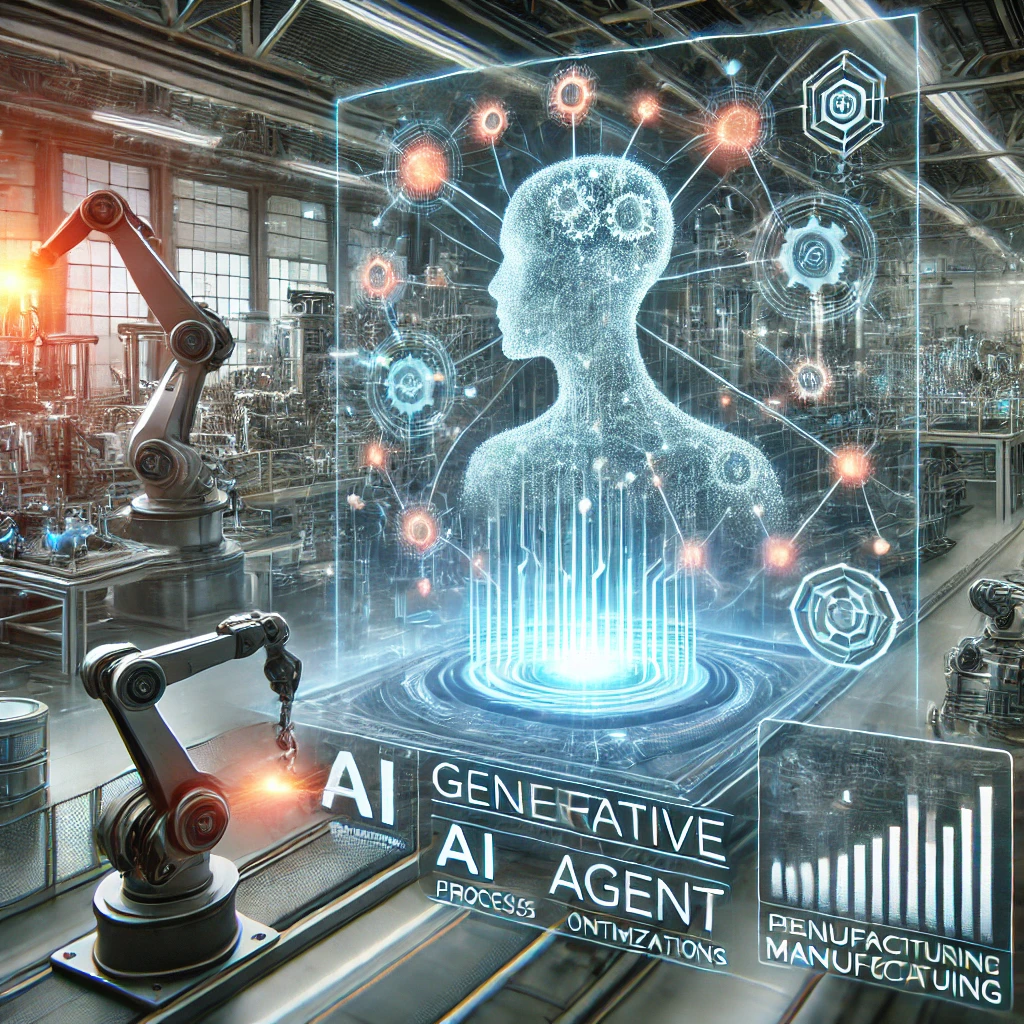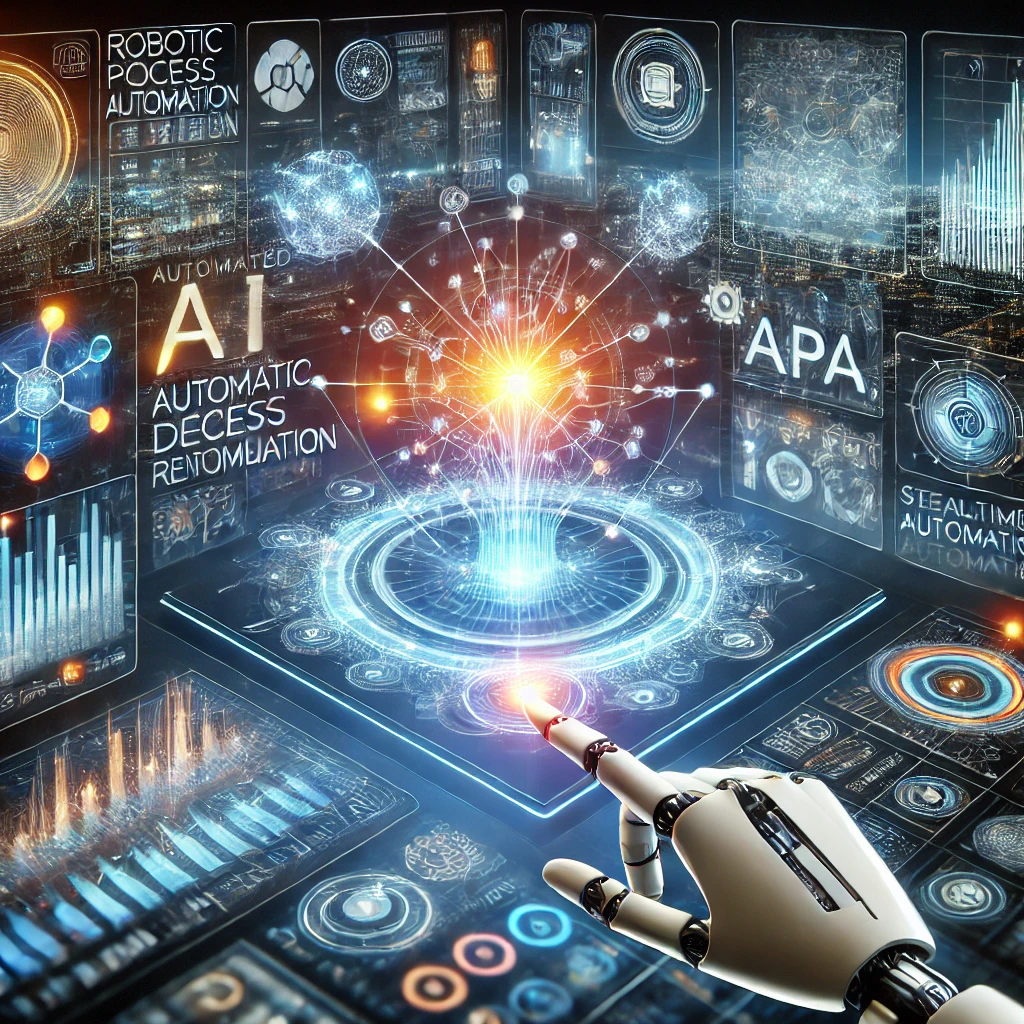Real-World Applications & Examples
This section showcases real-world applications of generative AI in additive manufacturing, providing concrete examples of how these technologies are being implemented across industries. Through detailed case studies, you'll gain insights into successful implementations, challenges overcome, and measurable results achieved.
What You'll Discover:
- Industry Applications: How different sectors are leveraging GenAI in AM workflows
- Implementation Details: Technical approaches and integration methods used in real projects
- Challenges & Solutions: Common obstacles and how they were addressed
- Measurable Outcomes: Quantifiable benefits and results from GenAI implementation
Industry Applications
Generative AI is being applied across diverse industries to transform additive manufacturing processes and outcomes. These applications demonstrate the versatility and impact of AI-driven approaches in real-world manufacturing contexts.
Aerospace
Applications in lightweight component design, topology optimization, and part consolidation for aircraft and spacecraft components.
ExploreMedical
Personalized implants, prosthetics, and anatomical models generated using AI to improve patient outcomes and surgical planning.
ExploreAutomotive
Applications in rapid prototyping, tooling optimization, and end-use parts for vehicles with complex geometries and improved performance.
ExploreGenAI Agents in Manufacturing
IntermediateGenerative AI agents represent an advanced approach to implementing AI in manufacturing environments. These agents can autonomously perform complex tasks, make decisions, and continuously learn from their interactions with the manufacturing system.
Agent Capabilities
Modern GenAI agents in AM environments can perform a wide range of tasks:
- Autonomous design generation and optimization
- Real-time process monitoring and adjustment
- Predictive maintenance and quality control
- Supply chain optimization and material selection
- Multi-objective optimization considering various constraints

Implementation Examples
Case studies of GenAI agents deployed in production environments show significant benefits:
- Aerospace Component Manufacturing: 40% reduction in design time, 25% weight reduction in final parts
- Medical Device Production: 65% faster design iterations for custom implants
- Industrial Equipment: 30% reduction in material usage with maintained structural integrity
- Consumer Products: 50% faster time-to-market for customized products
Agent Foundations
IntermediateThe foundation of effective GenAI agents in additive manufacturing involves several key components that enable autonomous operation, learning, and decision-making in complex manufacturing contexts.
Core Components of Agent Architecture
Successful agent implementations in AM typically include these foundational elements:
- Perception Systems: Computer vision and sensor integration for real-time monitoring
- Decision Models: AI frameworks for evaluating options and selecting optimal actions
- Knowledge Representation: Structures for maintaining information about designs, processes, and constraints
- Learning Mechanisms: Approaches for improving performance based on experience and feedback
- Communication Interfaces: Methods for interaction with operators, other systems, and manufacturing equipment
Single-Task Agents
Specialized agents focused on one aspect of the AM process, such as topology optimization or slicing parameter selection.
Multi-Task Agents
Versatile agents capable of handling multiple aspects of the AM workflow, from design to post-processing.
Collaborative Agent Systems
Networks of specialized agents that work together to optimize the entire AM process chain.
Success Stories & Implementation Details
AdvancedDetailed examinations of successful GenAI implementations in additive manufacturing provide valuable insights into technical approaches, integration methods, and achieved outcomes.
Case Study: Aerospace Bracket Redesign
Challenge
Redesign a critical aerospace bracket to reduce weight while maintaining structural integrity and meeting strict certification requirements.
GenAI Approach
A multi-stage approach combining:
- Diffusion model for initial design concept generation
- Transformer-based architecture for constraint handling
- Reinforcement learning for design optimization
- Physics-based simulation integration for validation
Results
- 35% weight reduction in final component
- 70% reduction in design iteration time
- Successfully passed all certification tests
- Estimated $1.2M annual savings in fuel costs for fleet implementation

Case Study: Medical Implant Customization
Challenge
Develop a system for rapidly creating customized medical implants based on patient-specific anatomical data while ensuring biocompatibility and structural requirements.
GenAI Approach
An integrated agent-based system featuring:
- Medical imaging processing via specialized vision transformers
- Implant design generation using a conditional GAN architecture
- Multi-objective optimization considering biomechanical constraints
- Workflow automation through a collaborative agent system
Results
- 90% reduction in design time (from 2 weeks to 1-2 days)
- Improved implant fit and patient-specific customization
- 25% reduction in revision surgeries
- Successfully implemented in three major medical centers

Future Directions
AdvancedBased on current implementations and research trends, several emerging directions for generative AI in additive manufacturing are taking shape. These developments promise to further transform AM workflows and capabilities.
Emerging Trends
- End-to-End Autonomous Manufacturing: Fully integrated systems managing the entire process from design to finished part
- Multi-Material Design Optimization: AI systems capable of optimizing designs utilizing multiple materials within a single print
- 4D Printing Intelligence: GenAI approaches for designing time-responsive printed structures
- Closed-Loop Learning Systems: Manufacturing systems that continually improve based on real-world outcomes
- Human-AI Collaborative Design: Advanced interfaces for intuitive cooperation between designers and AI systems
Implementing Your Own Case Study?
Explore our practical tutorials and resources to help you successfully implement GenAI in your AM workflow:
